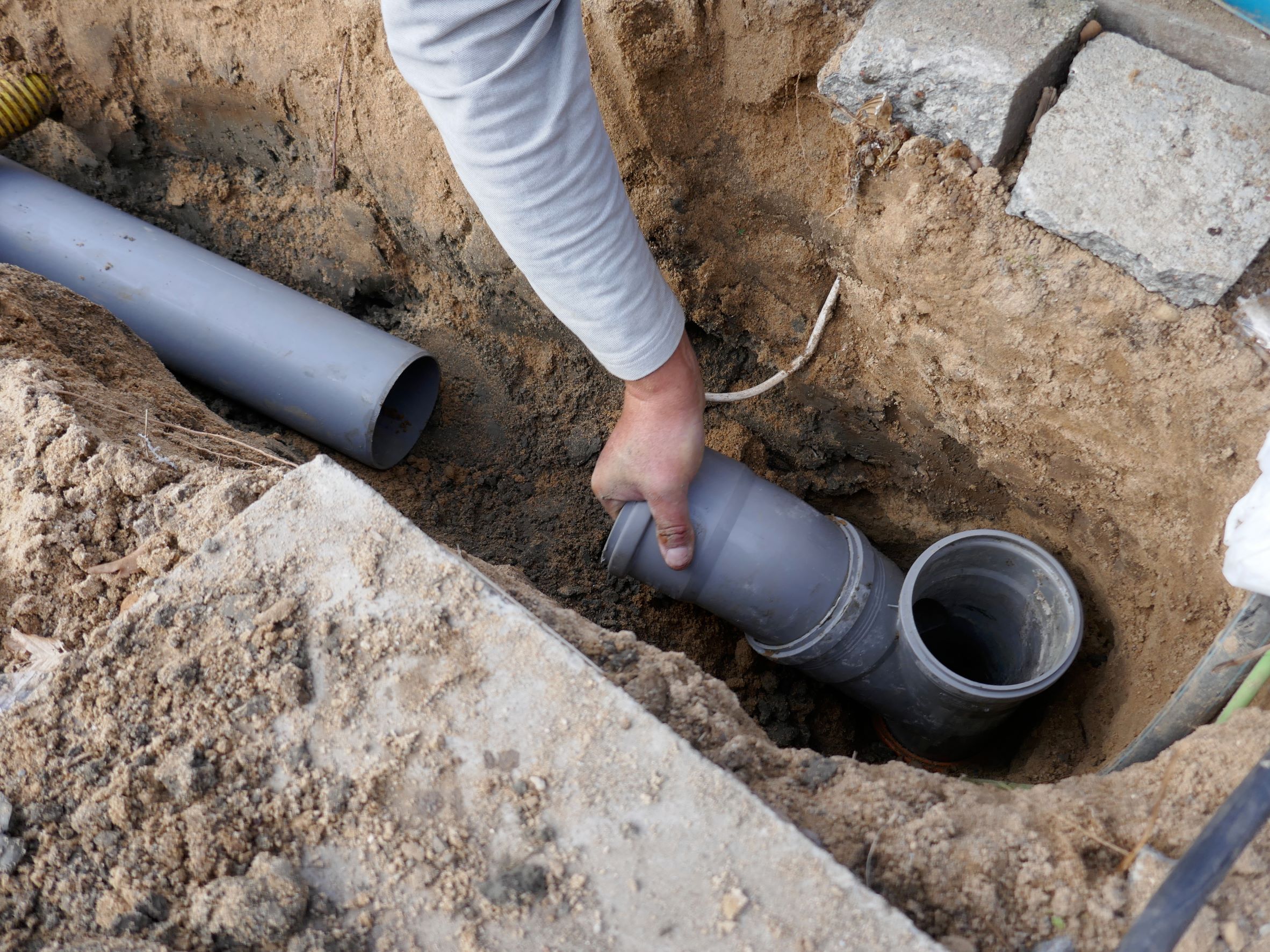The paradox of plastic recycling

The transition to a circular economy is in full swing. And the recycling of plastic is an important part of that. Recycled material undeniably means environmental benefits over primary fossil plastics. Yet there is a paradox: recycling plastic now leads to a loss of value. That is often overlooked.
How? Packaging plastics for example. This packaging material has a short lifespan, especially if it is used for food. However, the quality of the recycled material (recyclate) is usually not high enough to be used again in food packaging due to hygiene requirements. With some exceptions such as returnable bottles. That is why these materials are often used in other sectors, such as construction, automotive, household appliances or in non-food or transport packaging. Because the food packaging industry can easily dispose of its recyclate and other sectors can easily obtain recycled material, it becomes less urgent for everyone to design for recycling. And this cannot but result in a loss of value.
Double loss of value
This pattern must and will be broken in the future, if only because European legislation sets increasingly stricter requirements. Think of the Packaging and Packaging Waste Regulation, the Single Use Plastic Directive and the Ecodesign for Sustainable Product Regulation. Europe wants more closed loops for both packaging and products. Applying a material, that was previously food-safe, in infrastructure or construction is a waste. By adding additives that are necessary for infrastructure applications, such as UV and impact resistance, you actually negate the food safety properties. Then you are creating a double loss of value. Not only at the material level, but also at the system level.
Sufficient supply
The paradox goes even further. If all packaging plastics are used as packaging plastic again in the future, other sectors will be left without a supply. Their materials are often in use for much longer and they therefore have insufficient ‘own stock’ to meet future demand. That is why, in addition to a longer lifespan, reuse, share, reduce consumption and biobased materials, both packaging materials and plastics in other applications must remain in the cycle. As soon as you no longer want to use fossil fuels, you have to look very carefully at where you get sufficient supply from; you can no longer burn anything.
Design differently
To break through this paradox, it is important that there is an incentive to design products and materials for recycling (design for recycling). This also means that the recyclate can be used again in its original application (design from recycling).
In order to be able to design with recyclates, the collection and recycling infrastructure must be adapted. For example, by setting them up for monostreams or by remaining the owner of products or materials as a producer. In the current system, all kinds of streams are combined to give the recyclate specific properties for a new application. These adjustments require investments in the entire system, from collection to processing.
Pushing in the right direction
Finally, the legislation should not push in the wrong direction. Although European Food Safety regulations improve the safety of food packaging, this can result in the recycling of these materials for other sectors. This, in turn, adds to the paradox of loss of value.
In short, we must learn to deal with paradoxes and contradictions and be creative and tough in finding solutions. Design for/from recycling is the key to the transition to a circular economy in which materials are used efficiently time after time and at the same time retain their value.
Curious how we support the application of circular plastics? Read our page about circular plastics or contact Ingeborg Gort.
Want to
know more?
Contact us!


